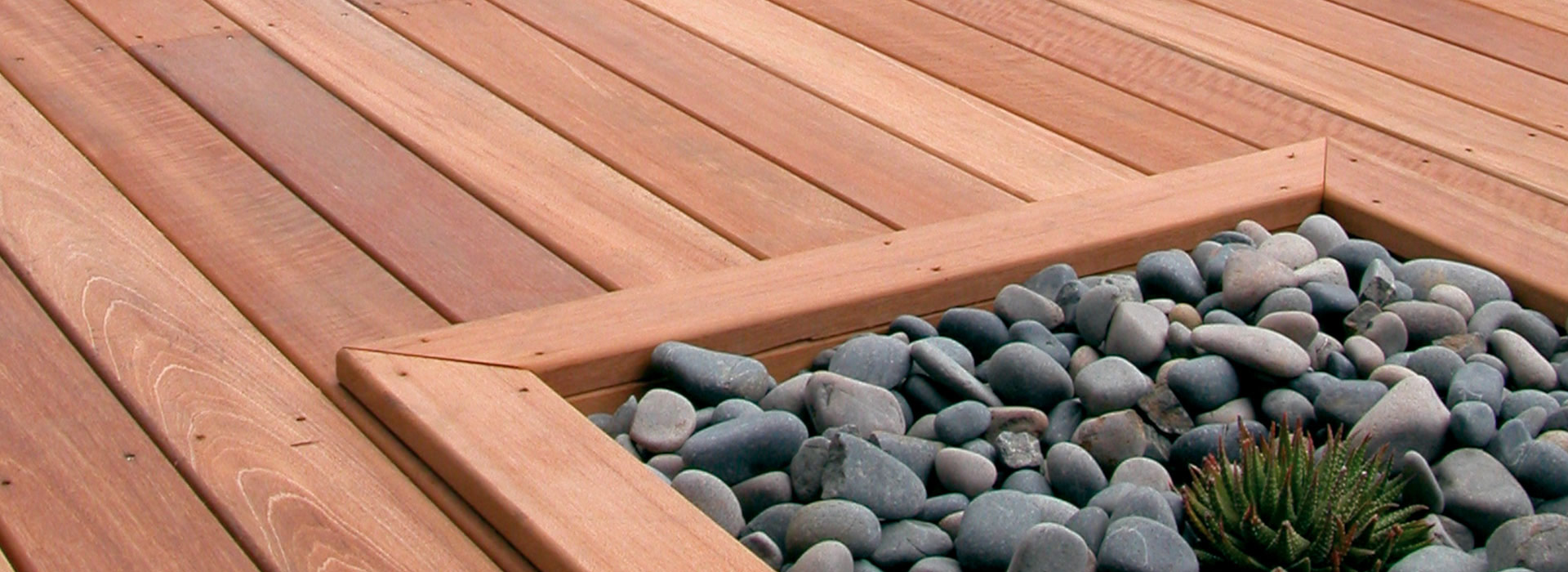It’s not all groovy baby
Grooves up or grooves down? This one is sure to cause some controversy. No doubt you’ve heard numerous stories of why grooves were originally introduced to decking timber. Builders and DIY’ers insist on grooves up; manufacturers say grooves down. Ironically, some leading timber suppliers suggest either way will do.
Typical of the best, Locus Research is not in the business of giving airy-fairy answers. That’s why I’m taking it upon myself to give you a definitive answer on how to lay your prized deck the right way.
Grip
We can’t make a fair comparison without assessing grip. Many people recommend grooves up for increased tread grip. From my research, I found this to be correct while walking across the tread. However, it is widely understood that tread grip is reduced while walking along the tread and poses a greater slipping hazard than that of a flat board.
Slip resistance is actually hugely important to your safety. Building.govt.nz (Ministry of Business, Innovation and Employment, 2015) estimates “about 45 New Zealanders die every year resulting from a fall on the same level due to ‘slipping, tripping or stumbling’”. I think it is a fair call to say that for open walking areas where one is expected to walk in all directions relative to the tread pattern, a more consistent tread pattern, i.e. flat surface up/grooves down will provide a safer walking surface.
However, when used wherever there is a lower likelihood of walking along the tread, i.e. stairways and aisles, grooves up should provide more grip.
Winner: Grooves down for decks, grooves up for stairways and aisles
Looks
Let’s talk about looks. This isn’t an easy one to quantify, it’s up to you to decide which method you like the look of best. In my opinion, aesthetics is the only justifiable reason one would lay their deck with the grooves facing upwards.
I concede that with lower grade decking timber, grooves can hide surface imperfections better than a flat surface and provides textural appeal. However, with lower grade timber, grooves up can also increase the potential for nasty splinters.
I’ll tell you my opinion on this one, I prefer flat side up, especially when considering the potential aesthetic effects of increased mildew build up and the increased risk of damage to the tread by incessant scootering. I have personally experienced the consequences of this and I can tell you it’s not pleasant… aye mum.
Winner: Grooves down
Cleanability
Obviously, decks with grooves up are going to collect more miscellaneous substances than those with grooves down (chips and dip from last night’s party etc.). Consequently, deck owners with grooves up will be spending more time scrubbing their deck, especially since one can only sweep in a single direction (normally along the longest path).
Akin to the increased collection of dirt, decks with grooves up are more prone to the build-up of mildew on the walking surface. This is due to an increased stagnation of water in the decking grooves and the reduction of the self-cleaning effect when walked on.
Winner: Grooves down
Durability
The grooves on decking timber were originally introduced by timber manufacturers to reduce the area of contact between the decking timber and support joists. The reduced surface contact provides channels for air to travel, removing moisture and reducing the potential for rot.
Winner: Grooves down
Conclusion
No need to beat around the bush on this one, folks. If you are building a new deck and have any sense at all, you will lay the grooves down, not up. Your deck will look nicer, clean easier, last longer and you won’t break your neck using it. Most importantly it will facilitate years of amazing scooter sessions with the bros, consequence free. The only time you should ever consider grooves up is for stairs and narrow walkways.
Want to read more on creativity, design, product development and innovation? Go to our Six Lenses Blog.


Comments